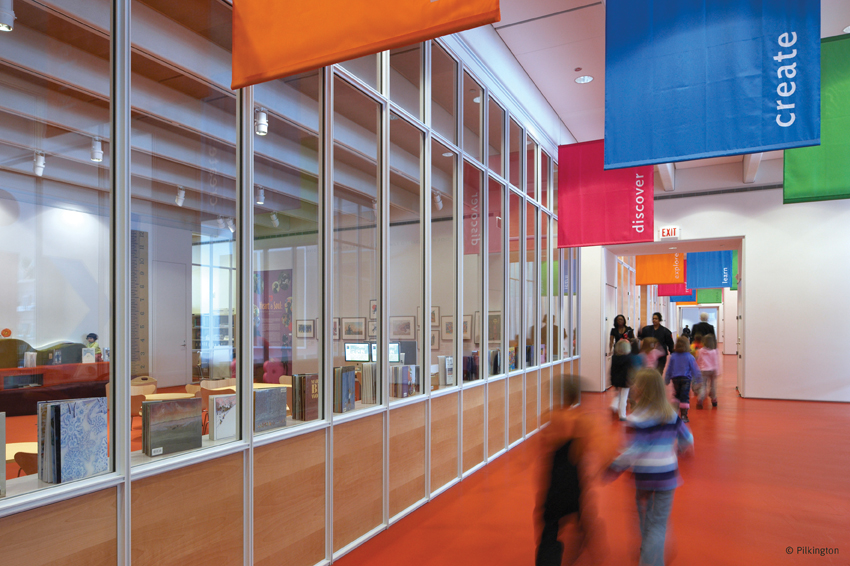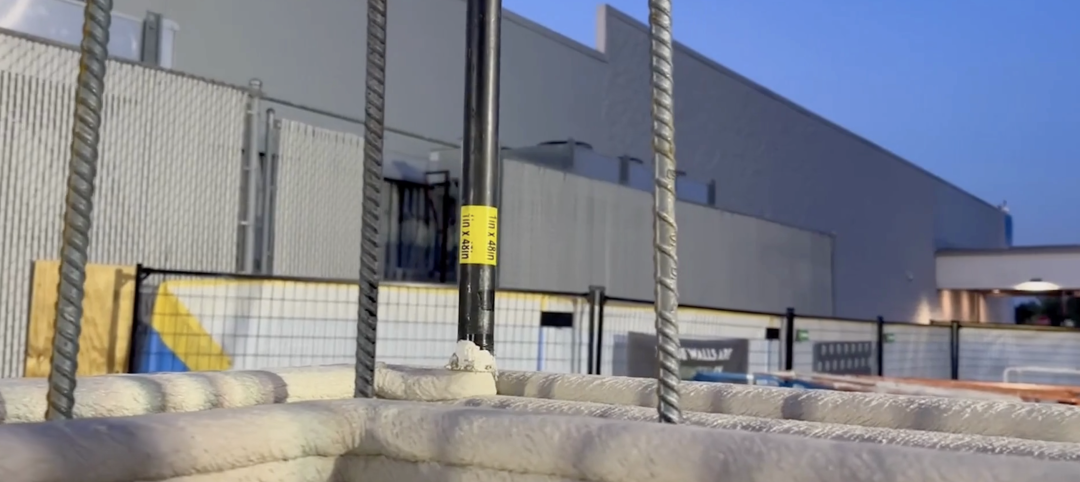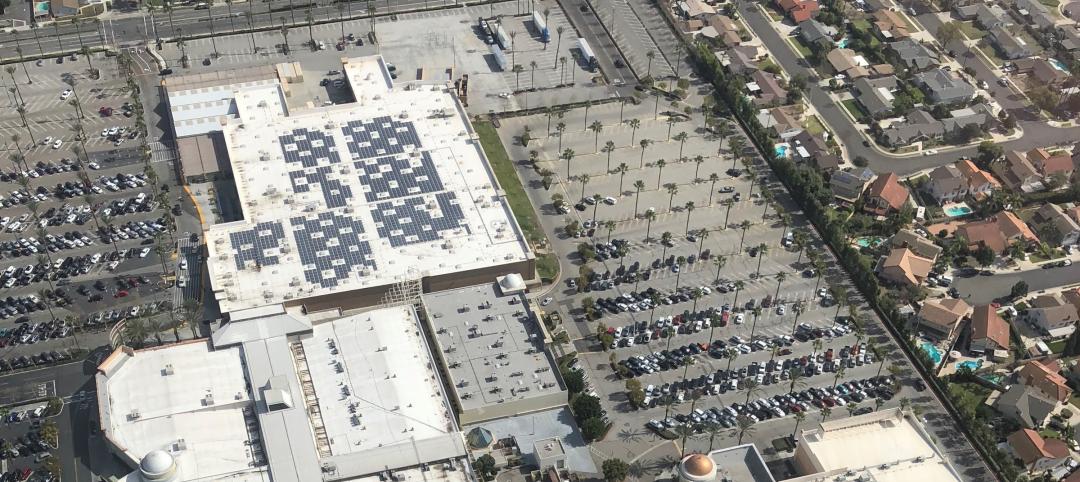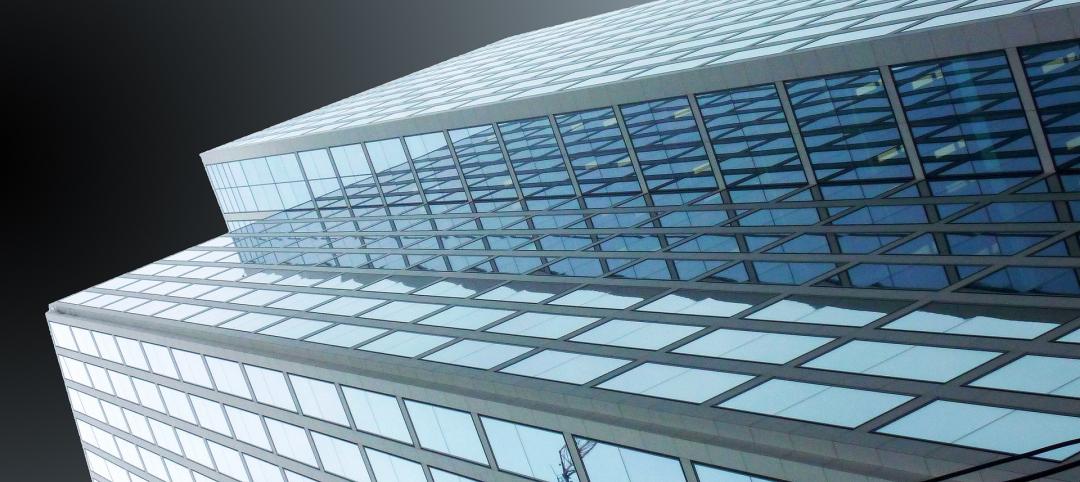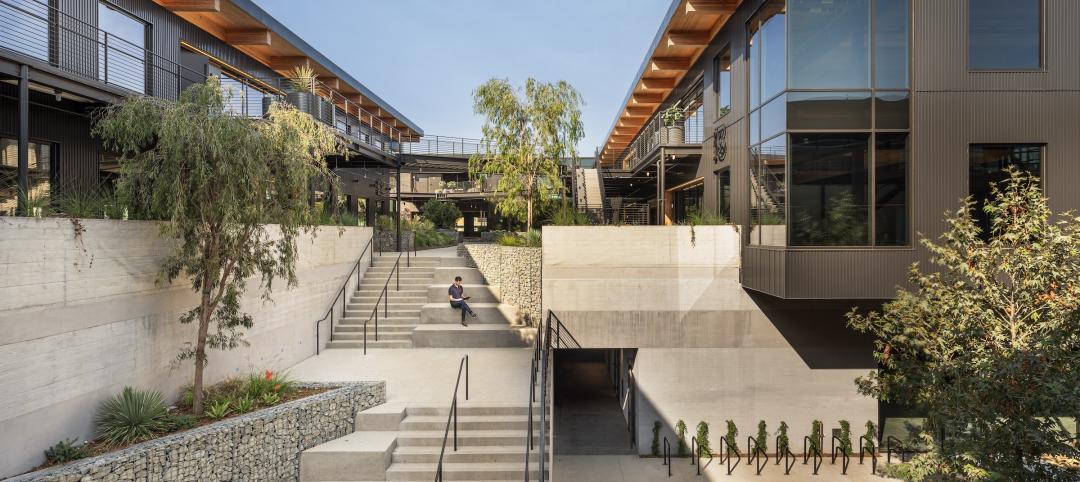David Vermeulen, the Midwest territory manager for Technical Glass Products, spends a lot of time talking with Building Teams about impact glazing and fire-rated glass. “There’s still a little confusion about the products—on the types of glass available, how they’ve changed over the years, and how they can be used,” he says. “People are surprised by what they can do with fire-rated glass.”
Here Vermeulen shares some back-to-basics answers to seven common questions about impact glazing and fire-rated glass.
1. How does fire-rated glass differ from ordinary glass?
Fire-rated glass has been tested to act as a barrier to the spread of flames and smoke, a practice known as compartmentalization. The framing and glass undergo independent testing from such organizations as Underwriters Laboratories, where a fire is ignited and the temperature (which can be as high as 1,000ºF after only five minutes) is measured on the surface of the glass. Ratings are given based on the length of time the glass remains intact. The test concludes by blasting the heated glass with water from a two-man fire hose to determine the system’s ability to withstand impact pressure and its resistance to thermal water shock. Fire-rated glass ratings range from 20 minutes up to three hours, depending on the product and framing system.
2. When using glass in fire-rated locations, is impact safety glass also required?
No. Building codes determine where impact safety glass is required. “Generally speaking, any glass 18 inches off the floor or 36 inches from a door—and any door glass itself—has to be safety glass,” says Vermeulen. However, a transom over a door would not require the use of impact-rated glass, so a fire-rated glass that is not impact rated could be used and is a less expensive option than glazing offering both impact- and fire resistance.
3. What types of impact glazing are available?
There are two types: Category I and Category II.
Category I represents 150 foot-pounds of impact, which simulates a small child (approximately 85 lb) running into the glass. Glass meeting this test is limited to a maximum size of nine sf per lite.
Category II represents 400 foot-pounds, which simulates an adult running into the glass, and is the highest level of required impact-rated glass. With few exceptions, all tempered or laminated glass in use falls into this category, and any opening over nine sf has to meet category II standards.
4. What types of fire-rated glass are available?
Two types: thin and thick.
Thin glass is approximately 1/4- to 5/16- inch thick and fits into standard fire-rated steel frames. Thin glass is now available in larger sizes than previously offered—allowing greater design flexibility and larger openings for increased daylighting transfer—with fire ratings from 20 to 90 minutes. Thin products are classified as “opening protective” and block smoke and flames, but are not heat barriers. Thin products are available with or without impact ratings.
Thick glass products, commonly called glass walls because they allow virtually unlimited expanses of glass and are typically used in areas where glazing exceeds 25% of the wall area, measure ¾ inch or more in thickness and are tested to the same standards as solid barrier walls. Fire ratings for thick glass range from 45 minutes up to two hours, and the products block smoke and flames as well as heat.
5. Does fire-rated glass limit design possibilities?
No. “Design possibilities have reached new heights, and that’s triggering a change in the way projects are being built,” says Vermeulen. Advances in glass technology and framing materials address limitations on window sizes and allow windows to meet the same code requirements as a firewall. Vermeulen says designers are now able to use fire-rated glass instead of traditional wall construction to bring more natural daylight into the interior. “We even have fire-rated glass floors now,” he says. New labeling that makes it easier for code officials to determine whether or not the proper glass is used in the space will be part of the International Building Code for 2012.
6. Are fire-rated products more expensive?
Fire-rated glass is more expensive than traditional glass, and typically accounts for 2% of a building’s total budget, according to Vermeulen.
7. Is fire-rated glass traditionally an interior product?
Yes, but that’s changing somewhat. “Insulating fire-rated glass for exterior use is a new thing,” says Vermeulen. In general, fire-rated glass is used on a building’s exterior in cases where adjacent buildings are very close to the property line, to keep fire from leaping from one building to the next. BD+C
David Vermeulen has nearly a decade of fire-rated glazing experience, and has successfully worked with code officials, architects, and designers from schematic product development through installation.
Related Stories
Sustainability | Sep 18, 2024
3 living buildings made by a living practice
Prompting humans to reexamine our relationship to the environment, architecture creates the opportunity for us to physically experience ideas of beauty, performance, and structure through the distinct lens of place.
3D Printing | Sep 17, 2024
Alquist 3D and Walmart complete one of the nation’s largest free-standing, 3D-printed commercial structures
Walmart has completed one of the largest free-standing, 3D-printed commercial structures in the US. Alquist 3D printed the almost 8,000-sf, 20-foot-high addition to a Walmart store in Athens, Tenn. The expansion, which will be used for online pickup and delivery, is the first time Walmart has applied 3D printing technology at this scale.
Retail Centers | Sep 17, 2024
Thinking outside the big box (store)
For over a decade now, the talk of the mall industry has been largely focused on what developers can do to fill the voids left by a steady number of big box store closures. But what do you do when big box tenants stay put?
Government Buildings | Sep 17, 2024
OSHA’s proposed heat standard published in Federal Register
The Occupational Safety and Health Administration (OSHA) has published a proposed standard addressing heat illness in outdoor and indoor settings in the Federal Register. The proposed rule would require employers to evaluate workplaces and implement controls to mitigate exposure to heat through engineering and administrative controls, training, effective communication, and other measures.
Codes and Standards | Sep 17, 2024
New California building code encourages, but does not mandate heat pumps
New California homes are more likely to have all-electric appliances starting in 2026 after the state’s energy regulators approved new state building standards. The new building code will encourage installation of heat pumps without actually banning gas heating.
Mass Timber | Sep 17, 2024
Marina del Rey mixed-use development is L.A.’s largest mass timber project
An office-retail project in Marina del Rey is Los Angeles’ largest mass timber project to date. Encompassing about 3 acres, the 42XX campus consists of three low-rise buildings that seamlessly connect with exterior walkways and stairways. The development provides 151,000 sf of office space and 1,500 sf of retail space.
Education Facilities | Sep 16, 2024
Hot classrooms, playgrounds spur K-12 school districts to go beyond AC for cooling
With hotter weather occurring during the school year, school districts are turning to cooling strategies to complement air conditioning. Reflective playgrounds and roads, cool roofs and window films, shade structures and conversion of asphalt surfaces to a natural state are all being tried in various regions of the country.
Office Buildings | Sep 16, 2024
Maximizing office square footage through ‘agile planning’
Lauren Elliott, RID, NCIDQ, Director of Interior Design, Design Collaborative, shares tips for a designing with a popular and flexible workspace model: Agile planning.
3D Printing | Sep 13, 2024
Swiss researchers develop robotic additive manufacturing method that uses earth-based materials—and not cement
Researchers at ETH Zurich, a university in Switzerland, have developed a new robotic additive manufacturing method to help make the construction industry more sustainable. Unlike concrete 3D printing, the process does not require cement.
Libraries | Sep 12, 2024
How space supports programming changes at university libraries
GBBN Associate Sarah Kusuma Rubritz, AIA, uses the University of Pittsburgh's Hillman Library to showcase how libraries are transforming to support students’ needs.


